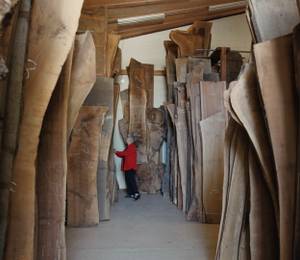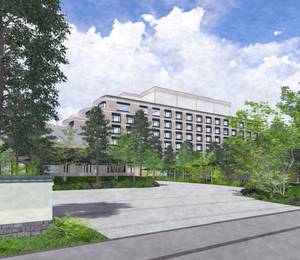New York, New York, USA – On 12 November 2020, on Veterans Day, SOM and the Army Historical Foundation are celebrating the completion and opening of the National Museum of the United States Army (NMUSA), a cultural institution of national significance that is the first to tell the story of the oldest branch of the United States military. The building – which is located just 20 miles outside of Washington, D.C. – is designed to serve as a centre of education, and the Army's symbolic front door. By walking visitors through every generation of the Army, the museum focuses not on battles or wars, but on the individual soldier – a centuries-long narrative of honor, sacrifice, and valor.
“Our partners at SOM did a magnificent job helping us envision a museum that would reflect the Army's storied history, its values, and the service of the 30 million men and women who have worn its uniform,” said LTG Roger Schultz, USA (Ret.), President of the Army Historical Foundation, the nonprofit organisation that campaigned to construct the museum. “SOM's ability to produce such an impressive design while ensuring the museum is also green and sustainable is a credit to their team and representative of our shared values.”
Spanning 84 acres across the bucolic Fort Belvoir Military Installation in Virginia, the LEED Silver-certified museum is designed in a series of pavilions for exhibits and special events. Part of SOM's design and planning for the future of the site also includes a quiet memorial garden, a parade field and grandstand, and an Army Trail with interpretive stations. The building, leveraging the site's natural topography, rests atop a plateau to evoke a sense of monumentality.
“Symbolism and community were at the core of our design,” said SOM Design Partner Colin Koop. “We wanted to create a place where veterans and their families could feel at home, and establish a new centre of national significance that would, in its architecture, express that very significance and evoke three ideals: discipline, modesty, and rigorousness.”












